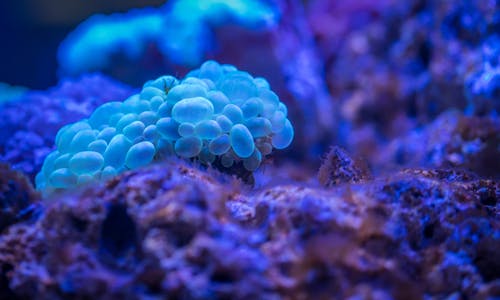Posted: Mar 04, 2019

The microbes can be turned into cannabinoid factories that help meet rising demand for marijuana
The marijuana market may be exploding, but there’s only so much land available for growing cannabis. In the search for a more efficient and environmentally friendly way of meeting demand, researchers figured out how yeast, the organism crucial for making bread and beer, can be turned into cannabinoid-producing factories.
This week, the journal Nature published the first publicly-available study to fully demonstrate how this can work. “The simplest way to explain it is that we took the genes out of cannabis that are responsible for making cannabinoids [the active compounds in cannabis], and then we put them into yeast,” explains Jay Keasling, a chemist at the University of California Berkeley and co-author of the study.
Typically, giving sugar to yeast makes it produce ethanol, which is why it’s a key ingredient in beer and wine-making. But — because we know so much about yeast and because it’s easy to grow at large scale — scientists are increasingly “hacking” yeast so that it makes various drugs instead. In this case, yeast took in sugar and produced a variety of important cannabis compounds. “It took a lot of engineering to get there,” adds Keasling. “In a sense, we created a frankenyeast by putting together genes from many different organisms that would work together and create these cannabinoids.”
WE CREATED A FRANKENYEAST
This cannabinoid yield included the psychoactive ingredient tetrahydrocannabinol (THC), as well as cannabidiol (CBD), a non-psychoactive cannabinoid that’s suddenly everywhere. (Keasling’s team was able to make about 8 milligrams of THC per liter of the yeast solution, and a little less for CBD.) But though these two compounds get all the attention, cannabis actually contains over 100 cannabinoids and Keasling’s team was also able to produce some of the rarer ones, and even some that don’t occur naturally, opening up the possibility of new medicines.
Scientifically speaking, these innovative methods of creating cannabinoids are important if we want to do comprehensive research on their effects, says Samuel Banister, a chemist at the University of Sydney who was not involved with the study. “You’ve got a whole bunch of cannabinoids in cannabis, but most of them are produced in tiny, tiny quantities,” he says. Extracting these chemicals from plants takes intensive work and a lot of money. Even extracting THC and CBD, which plants produce in relatively large quantities, can be hard, and marijuana farms are frequently linked to negative environmental effects. It’s slow, too. As Kevin Chen, CEO of Montreal-based Hyasynth Bio, another company trying to grow cannabinoids from yeast, points out, a cannabis plant takes three months to grow while yeast takes about a week to mature.
As a result, it’s no wonder that there’s plenty of interest in this field. Keasling founded his own company, Demetrix, a few years ago, while Hyasynth has been around since 2014. There’s Librede and Amyris in California, and last fall, Boston-based synthetic biology company Ginkgo Bioworks announced that it, too, was joining the race to produce cultured cannabinoids.
All are trying to do the same thing, but there are many different ways to engineer yeast so it produces cannabinoids. The big challenge for each company is efficiency. “The amounts produced are not enough for commercial purposes,” adds Banister of the Keasling paper. “It’s showing proof of principle.” We now know this can be done — but how much and how cheaply?
Jason Poulos, the CEO of Librede, told Nature that Keasling’s yields would need to increase by 100-fold to be economically competitive with typical extraction methods. And Jen Wipf, who helps lead the cannabinoids project for Ginkgo, agrees that the main hurdle is proving that the system is going to take away a meaningful amount of the “cost and changes” of agricultural methods.
For his part, Chen of Hyasynth says the company is aiming to make CBD ten times cheaper than what is available right now on the market and hopes to have “hundreds of kilograms being made in a giant facility somewhere” in the next two to three years. Keasling gives a similar time frame for Demetrix, which is in line with analyst predictions that it’ll be at least another 18 months before these cannabinoids are cost-effective enough to sell to pharmaceutical companies or other interested buyers. So giant cannabinoid breweries won’t replace marijuana farms any time soon, but the tiny microbes might just let them throw their hat in the ring.
By Angela Chen
March 1, 2019
Source: TheVerge.com
Go-Wine's mission is to organize food and beverage information and make it universally accessible and beneficial. These are the benefits of sharing your article in Go-Wine.com